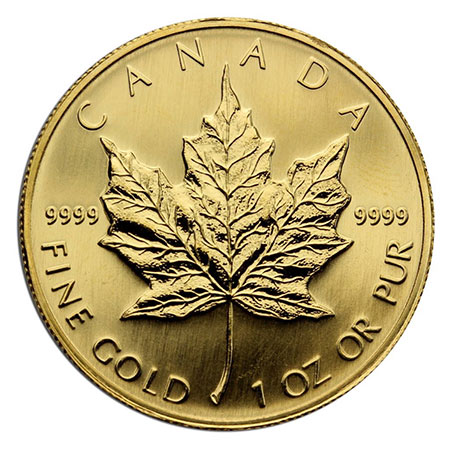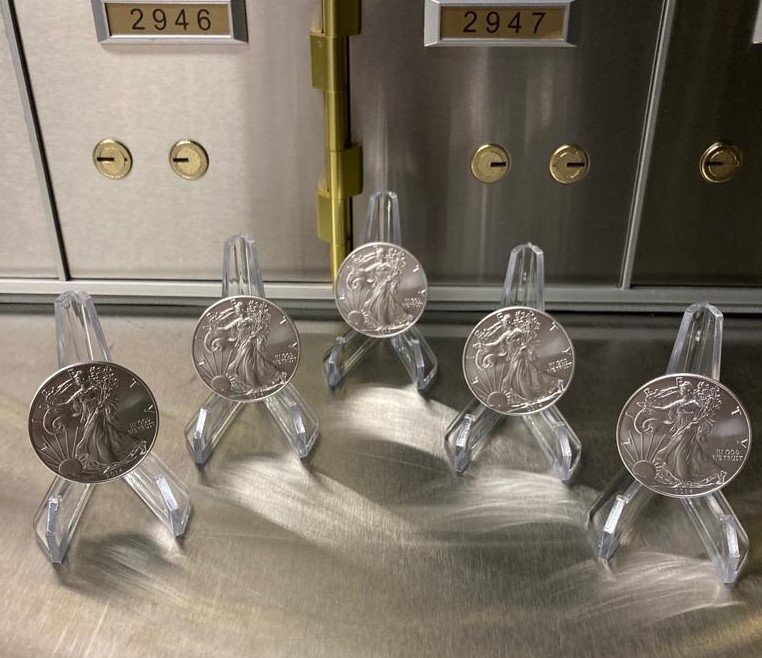
Gold Coins
Gold coins are the most dynamic type of gold in that they serve as both a kind of bullion speculation and as a collectible. Despite the fact that a few coins are more lavish than others, essentially every one of them will be sold at a solid premium over the current cost of gold contained inside the coin. The motivation behind why gold coins cost more every ounce than gold bars is a direct result of the coins’ collectability, scarcity, and high demand.
Every single real coin command another variety consistently, and once a certain year’s creation is finished, that variety of the coin will never be delivered to market again. This pushes an irregularity and interest that goes past the estimation of the gold contained inside every coin. This is restricted to gold bars and rounds, which can be created by any gold mint on the planet, and subsequently are less significant and collectible.
There are actually hundreds of different types of gold coins that have been stamped all through the world and throughout the past hundreds of years. Adversly, between these coins, there are just a modest bunch that are routinely purchased and sold on an extensive scale: the Australian Kangaroo, the American Eagle, the Chinese Panda, the Canadian Maple Leaf, the Gold Buffalo, the South African Krugerrand, and the Mexican Libertad. A greater part of the normal gold coins are additionally delivered as silver coins.
Albeit numerous gold coins, for example, the Australian Kangaroo and the Chinese Panda, contain 99.9 percent or 99.99 percent gold, a few coins, for example, the American Eagle, don’t. The American Eagle is a composed of 22-karat gold, which has about 91.67 percent gold, joined with about 5.33 percent copper and around 3 percent silver. This combination makes a more sturdy coin, as 100 percent pure gold can be somewhat delicate for a flowing coin.


